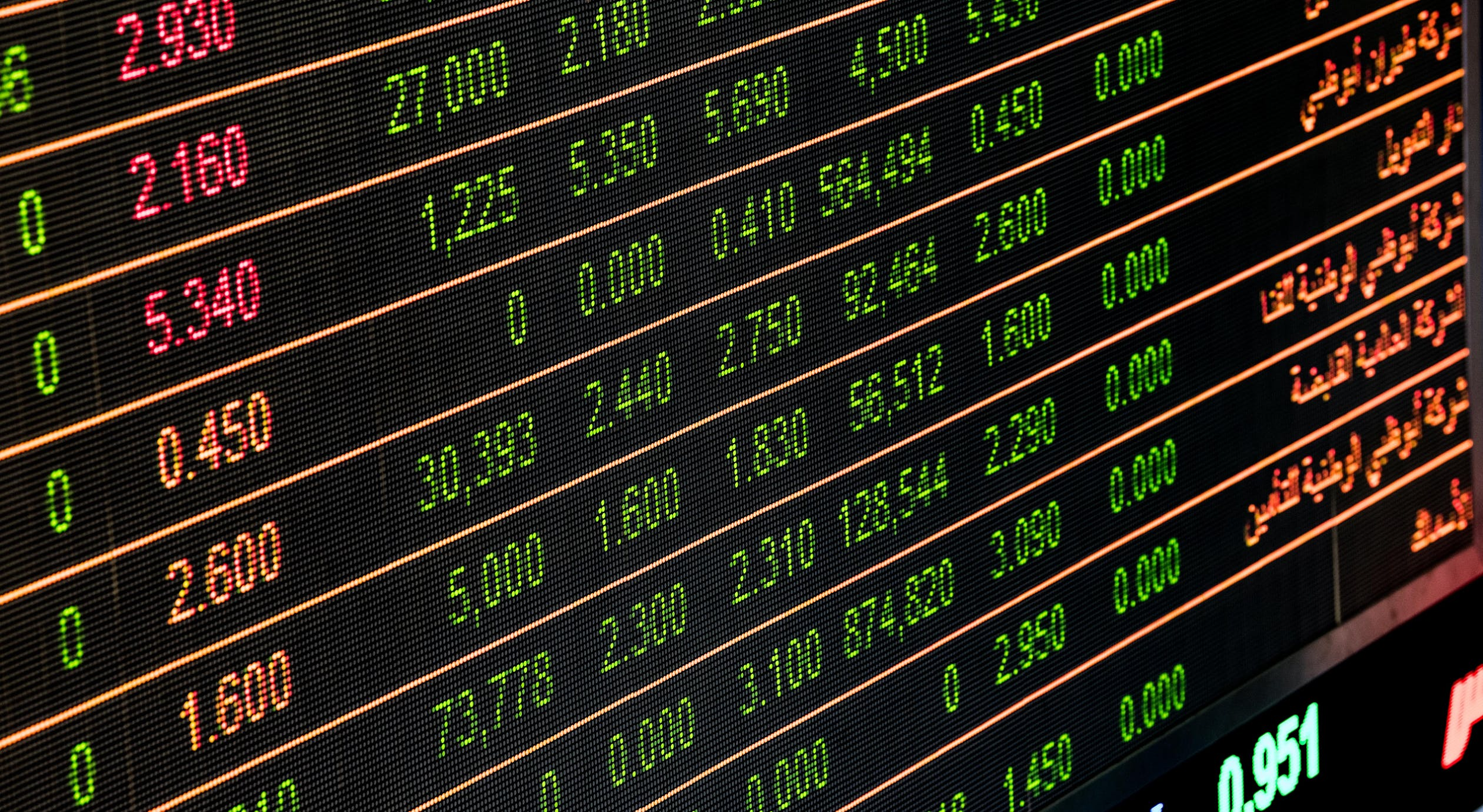MetaTrader 4 has a wide range of tools, and it may seem complicated at first glance for those who are not familiar with this terminal. In fact, it isn’t so. You just need to get your hands on this platform. Thanks to a well-thought-out and intuitive interface, any user can easily figure out and master all the terminal tools. In this post, we will give a short overview of the MT 4 interface and consider the key elements of this program.
#1 – Toolbar Options
The first thing that we want to start this MetaTrader 4 tutorial with is that the terminal has several customizable panels. A user can customize the panel by adding or removing elements, as well as changing their order. Also, panels can be removed or shuffled to any convenient place in the terminal.

#2 – Panel View
As a standard pack, the panel contains general MetaTrader 4 control commands, buttons for opening additional windows/charts in the terminal. This feature allows you to apply profiles and open orders.
#3 – Graphics Panel
Thanks to the graphics and related tools, you can apply any templates to charts and overlay indicators. Thus, you can change the view of the chart and its period set the scale and position of windows. All these are important for monitoring the market, predicting its development, and making profitable deals.
#4 – Graphic Tools Panel
It includes tools for working with the chart. Here, you will find a wide range of tools for technical analysis. By dint of these instruments, a trader can write on a chart, make various notes, draw lines, etc.

#5 – Market Review
This window shows you all the available financial instruments for trading provided by your broker. The market overview consists of two tabs and several columns:
- A bid is the last known selling price of the instrument;
- Ask is the last known purchase price of the instrument;
- Spread is the value that is calculated at the last update of the instrument quotes;
- The maximum is the maximum bid price for the last 24 hours;
- The minimum is the minimum bid price for the last 24 hours;
- Time is the time of the last update of the bid or the asking price.
You can decide which columns to be displayed; the Ask and Bid columns are enabled by default.
#6 – Strategy Tester
In the “Strategy Tester” window, you can check trading robots (expert advisors). When testing trading robots, you can get a report on profitability and drawdown. What is more, when testing indicators, it is easy to determine whether it redraws the lines or not. There is also a very useful function called “Optimization.” It is designed to optimize the Expert Advisor (EA) parameters. By running the EA using the same historical data but with different parameters, you can select the most profitable parameters, thus, adjusting the Expert Advisor to a specific instrument or period.
#7 – Schedule
Schedule charts are some of the most important tools. All the basic information required for trading is located in this window. You can open several charts for different financial instruments. Thus, you can keep control over a price movement at two scales – time and price. Use this information to arrange profitable deals and make money online.